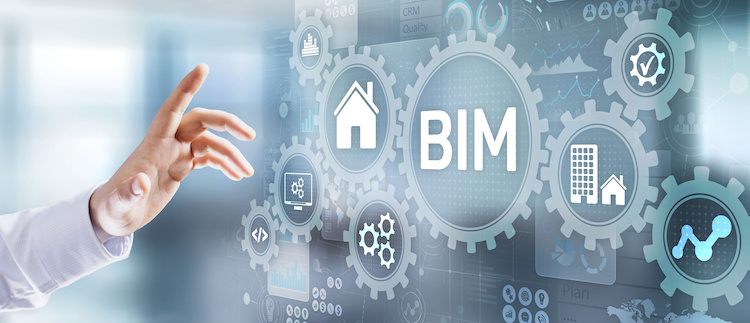
5 Building innovations that are redefining engineering
Within the last few decades, the construction industry has witnessed tremendous innovations in materials, architectural design, technology revolution, big data, and energy.
All these advancements have resulted in quick construction, massive project monitoring, cost-effectiveness, and high productivity.
The need for energy-efficient housing is on the rise while construction projects are leveraging intelligent procedures like innovative tools.
Whether you need to employ innovation in rental housing, commercial buildings, or in need of a facility for mining operations, there is plenty of modern innovations for you.
For instance, if you’re involved in the mining industry, you may need structures that aren’t permanent but durable and safe for residence and other mining operations.
One technology sweeping the mining industry is the introduction of fabric buildings that ensure your workers have a home away from home.
If you would like to know some more of the exciting innovations in the building industry, here are some of these advancements that redefine engineering.
Predictive software
The strength of any building is a function of the individual parts. Moreover, the choice of the materials used and how the parts fit together determines the ability of a building to withstand normal and extreme conditions.
Therefore, with the intense precautions and regulations put in place by governments, construction engineering has no option other than ensuring construction safety standards are adhered to.
Predictive software comes in handy for simulating any structure to see how it will behave when exposed to extreme conditions.
It’s believed that this technology was used to supervise the structural integrity of Wembley Stadium on its arch rotation brackets.
This software aided in simulating the brackets’ stresses which support and move the different arches above the stadium.
3D modeling
3D modeling is a technology that comes with robust capabilities for designing, planning, and building and has wide application in smart cities. With a suitable 3D modeling tool such as cybercity3D, you can design smart 3D models.
3D modeling may help sectors such as engineering, construction, and architecture to visualize and communicate data and design using this intelligent software.
These 3D modeling platforms are efficient in integrating with 3D geographic information systems. Moreover, they can generate data for energy, urban, design planning, sustainability.
Additionally, they can be integrated with smart city SaaS software.
Modular construction
This new technology helps engineers construct a building off-site with the materials that are supposed to be used and have it designed following the standards used in conventional on-site construction.
The advantage of modular building is limited environmental disruption, turning the building into a logistics exercise, and delivering components when required.
It’s generally believed that this modular way of construction helps deliver a construction project more than 70% in the form of components.
Another advantage of this technology is that engineers can reduce the construction time as some parts are already dried up.
Hence, there’s no need to wait for it to dry like in traditional methods. As a result, a project can proceed more quickly.
Building Information Modelling (BIM)

One of the significant technological blessings of the construction industry is the BIM platform that is amazingly versatile.
Engineers, architects, contractors, and subcontractors can leverage this software for collaboration to fine-tune the small details of construction and design through a single database and computer model.
Moreover, the complexity of this technology can accommodate other stakeholders in a construction project, such as electrical, mechanical, and plumbing experts.
They can work on a house’s fundamental aspects, such as heating, ventilation, and air conditioning (HVAC), not forgetting electrical installations and aesthetics for roofs, walls, and windows.
The collaborative nature of BIM enables all stakeholders to analyze and visualize design decisions and identify errors before starting any project.
Robotic Total Stations (RTS)
Complex modern architectural designs can’t be done with traditional tools like tape measures, theodolite, and spirit level.
With sophisticated buildings, these tools have a considerable error margin coupled with a failure of fabricated systems to fit in. This may lead to the wastage of money, time, and materials.
However, work now has been simplified through robotic total stations (RTS), an electronic theodolite that can measure distance electronically and be controlled remotely.
You can access the RTS gadget with a tablet that is installed with the right software. RTS’s advantage is that it offers efficiency, boosts accuracy, reduces errors, and has minimal paperwork.
Moreover, it reduces labor requirements.
Conclusion
Innovation is essential for better work performance, accuracy, and minimal errors. As a result, the innovations in the building sector have enabled engineers to work on large projects and deliver safe structures that meet set regulations.
Even though there are more innovations than the ones provided in this article, it’s expected that the industry will continue to witness more technological advancements.
You can read more online resources to increase your understanding of how the construction industry has evolved.


